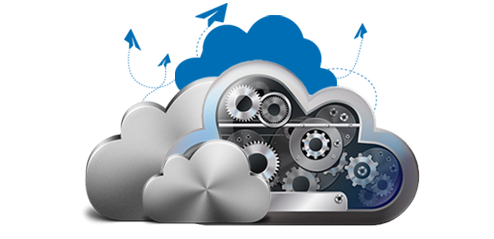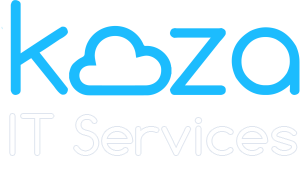Cloud Migration Strategy
Creating a cloud strategy is essential to reduce the risk and maximize the benefits of moving business applications to the cloud. Before taking that leap, there are many points to consider. Cloud migration plan should begin with an evaluation that covers costs, tools, security, governance and talent, among other considerations.

While on-premises data center technology is still widely used, cloud computing is a relatively new option with many benefits, including scale-ability, agility and cost efficiency. As a result, many enterprises migrate their applications and data to the cloud. However moving enterprise data and applications outside the firewall and into the cloud is no small feat.
The most important decision is which applications to place in the cloud. The best place to start is with new applications targeting customers, partners and employees. The challenge is what to do with existing applications.
The following steps might help you make the right choice about which applications to move:
- Don’t minimize your plans – A company’s first instinct might be to migrate a small and non-mission-critical application to the cloud. While that’s fine, it also means they won’t realize the full value of cloud computing, or see the kind of cost reduction that migrating a large and mission-critical application would provide.
- Find out what you might not know – You often hear of companies moving applications to the cloud then end up having issues connecting to them. Look at network intelligence monitoring tools from Fluke Networks and NetScout to help you gather the initial intelligence and ongoing monitoring to make your move a success.
- Exclude ancient or fragile applications – And by that I mean those applications that have been around forever and run some vital part of your business but are a headache to maintain because any small change is likely to cause big malfunctions. It’s best to leave those apps alone first.
- Eliminate applications in transition – Applications undergoing a major upgrade or other drastic change can be challenging to move to a new environment. It’s usually best to leave them where they are until the transition is complete.
- Read your software contracts – Licensing issues may rule out some of your choices, because you may be contractually limited by how many servers can run a specific application. Or in some cases, a move to the cloud might trigger increased licensing costs. Any applications that will cost substantially more to license on the cloud should probably be left out the list.
Koza Technology has experience working with companies to evaluate the right applications suited to maximize you business’s move to the cloud contact us for more information.
